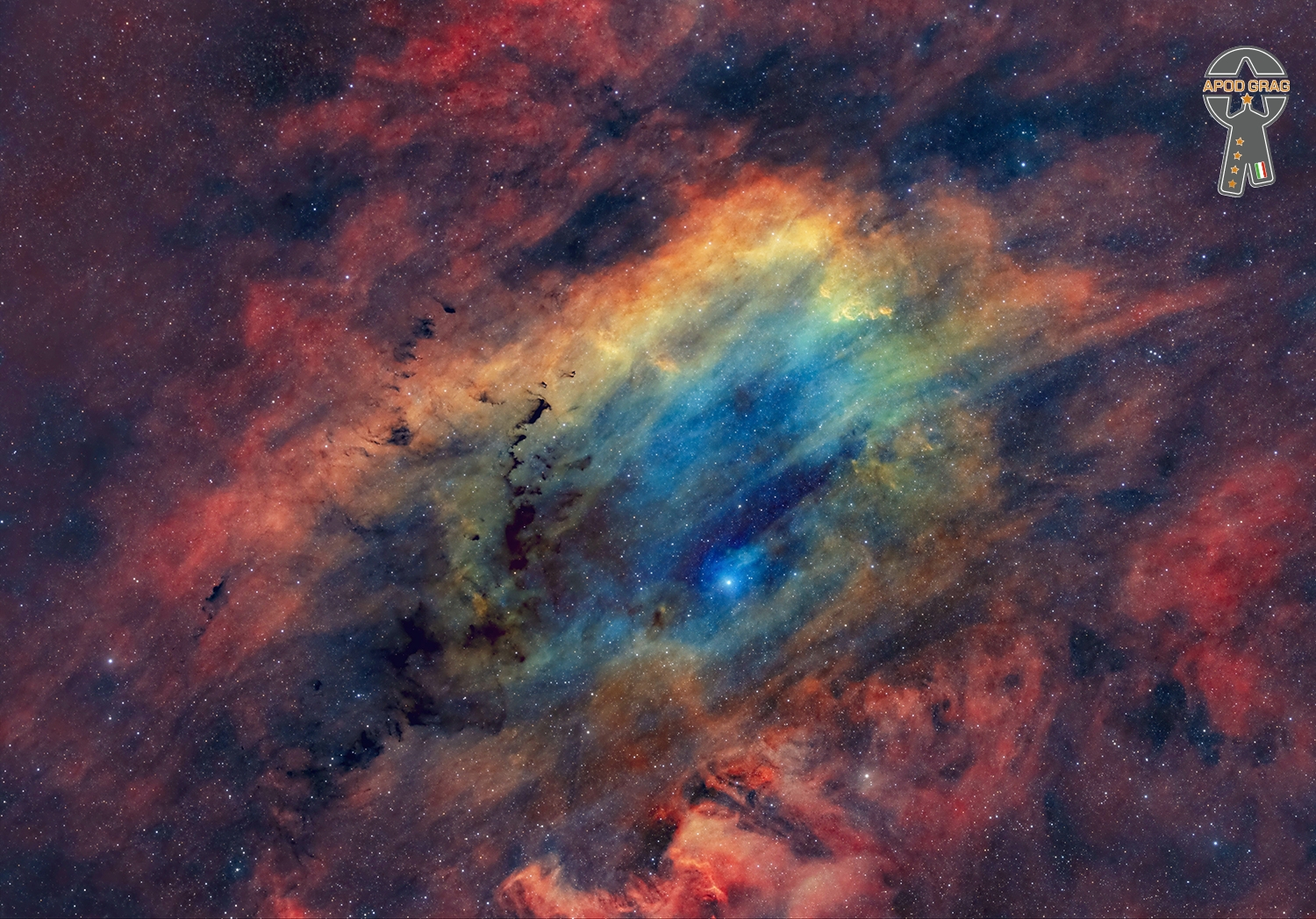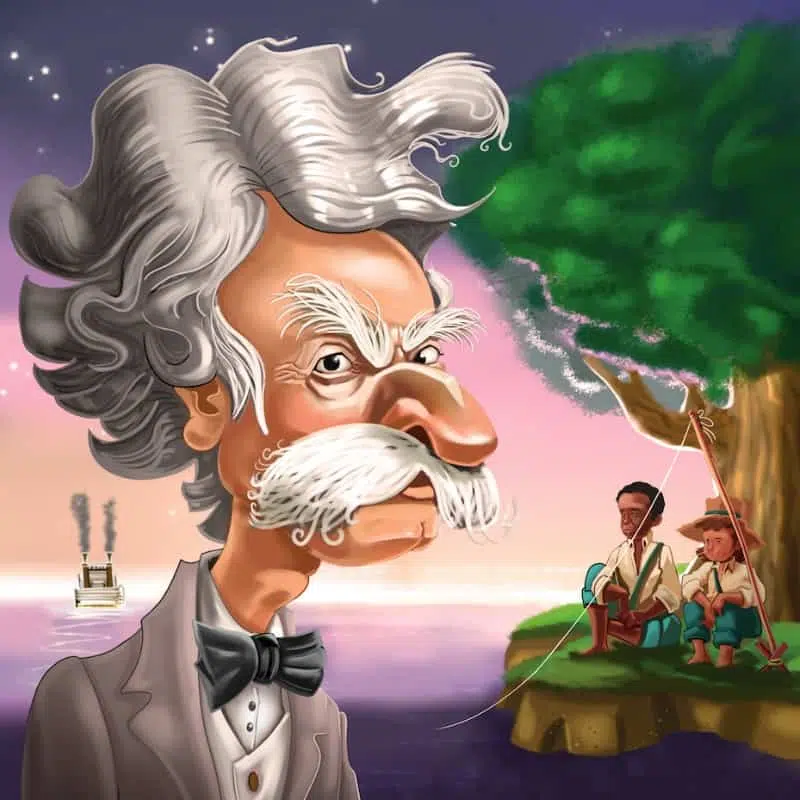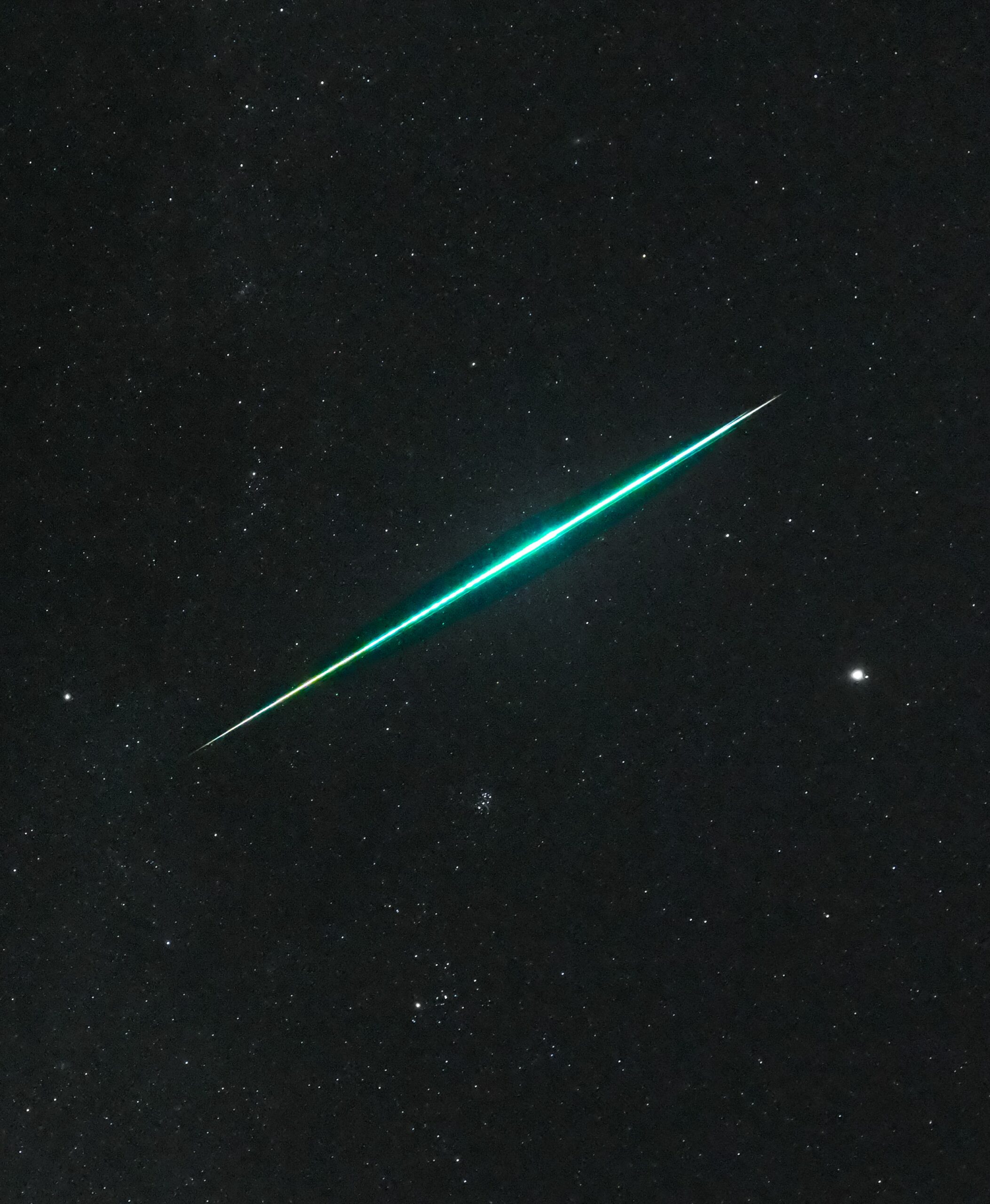Blog
Patricia Lee Smith (born December 30, 1946) is an American singer, songwriter, poet, painter, and author who became an influential component of the New York City punk rock movement with her 1975 debut album Horses.
Called the “punk poet laureate”, Smith fused rock and poetry in her work. Her most widely known song, “Because the Night“, co-written with Bruce Springsteen, reached number 13 on the Billboard Hot 100 chart in 1978 and number five on the UK Singles Chart. In 2005, Smith was named a Commander of the Ordre des Arts et des Lettres by the French Ministry of Culture. In 2007, she was inducted into the Rock and Roll Hall of Fame.
In November 2010, Smith won the National Book Award for her memoir Just Kids. The book fulfilled a promise she made to her former long-time partner Robert Mapplethorpe. She is ranked 47th on Rolling Stone magazine’s 100 Greatest Artists of All Time, which was published in 2010 and was also a recipient of the 2011 Polar Music Prize.
Smith was born on December 30, 1946, at Grant Hospital in Chicago to Beverly Smith, a jazz singer turned waitress, and Grant Smith, a Honeywell machinist. The family was of part Irish ancestry and Patti was the eldest of four children, with siblings Linda, Kimberly, and Todd. When Smith was four, the family moved from Chicago to the Germantown section of Philadelphia, then to Pitman, New Jersey,and finally settled in the Woodbury Gardens section of Deptford Township, New Jersey
more...John Cowan Hartford (December 30, 1937 – June 4, 2001) was an American folk, country, and bluegrass composer and musician known for his mastery of the fiddle and banjo, as well as for his witty lyrics, unique vocal style, and extensive knowledge of Mississippi River lore. His most successful song is “Gentle on My Mind“, which won three Grammy Awards and was listed in “BMI’s Top 100 Songs of the Century”. Hartford performed with a variety of ensembles throughout his career, and is perhaps best known for his solo performances where he would interchange the guitar, banjo, and fiddle from song to song. He also invented his own shuffle tap dance move, and clogged on an amplified piece of plywood while he played and sang.
Harford (he changed his name to Hartford later in life at the behest of Chet Atkins) was born on December 30, 1937, in New York City to parents Carl and Mary Harford. He spent his childhood in St. Louis, Missouri, where he was exposed to the influence that shaped much of his career and music: the Mississippi River. From the time he got his first job on the river, at age 16, Hartford was on, around, or singing about the river.
more...Ellas Otha Bates (December 30, 1928 – June 2, 2008), known professionally as Bo Diddley, was an American guitarist and singer who played a key role in the transition from the blues to rock and roll. He influenced many artists, including Buddy Holly, Elvis Presley, the Beatles, the Rolling Stones, the Animals, George Thorogood, Syd Barrett, and the Clash.
His use of African rhythms and a signature beat, a simple five-accent hambone rhythm, is a cornerstone of hip hop, rock, and pop music. In recognition of his achievements, he was inducted into the Rock and Roll Hall of Fame in 1987, the Blues Hall of Fame in 2003, and the Rhythm and Blues Music Hall of Famein 2017. He received a Lifetime Achievement Award from the Rhythm and Blues Foundation and the Grammy Lifetime Achievement Award. Diddley is also recognized for his technical innovations, including his use of tremolo and reverb effects to enhance the sound of his distinctive rectangular-shaped guitars. Bo Diddley was born in McComb, Mississippi, as Ellas Otha Bates (also stated as Otha Ellas Bates or Elias Otha Bates).
more...Stanley William Tracey CBE (30 December 1926 – 6 December 2013) was a British jazz pianist and composer, whose most important influences were Duke Ellington and Thelonious Monk. Tracey’s best known recording is the 1965 album Jazz Suite Inspired by Dylan Thomas’s “Under Milk Wood”, which is based on the BBC radio drama Under Milk Wood, by Dylan Thomas.
The Second World War meant that Tracey had a disrupted formal education, and he became a professional musician at the age of sixteen as a member of an ENSA touring group playing the accordion, his first instrument. He joined Ralph Reader’s Gang Shows at the age of nineteen, while in the RAF and formed a brief acquaintance with the comedian Tony Hancock. Later, in the early 1950s, he worked in groups on the transatlantic liners Queen Mary and Caronia and toured the UK in 1951 with Cab Calloway. By the mid-1950s, he had also taken up the vibraphone, but later ceased playing it. At this time he worked widely with leading British modernists, including drummer Tony Crombie, clarinettist Vic Ash, the saxophonist-arranger Kenny Graham and trumpeter Dizzy Reece.
more...Friday 12-29-23 6pm Accompanying Erev Shabbat Service at Temple Israel with cantor Inbal Sharett-Singer, Tobias Moss, Jayson Rodovsky, Jeff Bailey and mick laBriola.
more...Sh2 -119 is a diffuse nebula observable in the constellation Cygnus. It is located about 2 degrees west of the North America Nebula , or 9 degrees west of the bright star Deneb ; it appears to envelop the star 68 Cygni , of fifth magnitude . It can be observed with a medium-power amateur telescope and shows itself very well in long exposure photographs.
Its shape appears similar to two shells that are arranged to the east and west of 68 Cygni; the eastern part is the largest. In the southern part, thin filaments and cocoons of dark nebulae are visible , which contrast strongly both with the light of the nebula and with the rich background star field. The distance of Sh2-119 is estimated at 2200 light years from us.

more...
Joseph Salvatore Lovano (born December 29, 1952) is an American jazz saxophonist, alto clarinetist, flautist, and drummer. He has earned a Grammy Award and several mentions on Down Beatmagazine’s critics’ and readers’ polls. His wife, with whom he records and performs, is singer Judi Silvano. Lovano was a longtime member of drummer Paul Motian‘s trio with guitarist Bill Frisell.
Lovano was born in Cleveland, Ohio, United States, to Sicilian-American parents; his father was the tenor saxophonist Tony (“Big T”) Lovano. His father’s family came from Alcara Li Fusi in Sicily, and his mother’s family came from Cesarò, also in Sicily. In Cleveland, Lovano’s father exposed him to jazz throughout his early life, teaching him the standards, as well as how to lead a gig, pace a set, and be versatile enough to find work. Lovano started on alto saxophone at age six and switched to tenor saxophone five years later. John Coltrane, Dizzy Gillespie, and Sonny Stitt were among his earlier influences. After graduating from Euclid High School in 1971, he went to Berklee College of Music, where he studied under Herb Pomeroy and Gary Burton. Lovano received an honorary doctorate of music from the college in 1998.
more...Marianne Evelyn Gabriel Faithfull (born 29 December 1946) is an English singer. She achieved popularity in the 1960s with the release of her hit single “As Tears Go By” and became one of the lead female artists during the British Invasion in the United States.
Born in Hampstead, London, Faithfull began her career in 1964 after attending a party for Rolling Stones, where she was discovered by Andrew Loog Oldham. Her debut album Marianne Faithfull (1965, released simultaneously with her album Come My Way), was a commercial success followed by a number of albums on Decca Records. From 1966 to 1970, she had a highly publicised romantic relationship with Mick Jagger. Her popularity was enhanced by her film roles, such as those in I’ll Never Forget What’s’isname (1967), The Girl on a Motorcycle (1968) and Hamlet (1969). However, her popularity was overshadowed by personal problems in the 1970s. During this time, she was anorexic, homeless and addicted to heroin.
Noted for her distinctive voice, Faithfull’s previously melodic and higher-registered vocals (prevalent throughout her career in the 1960s) were affected by severe laryngitis, coupled with persistent drug abuse during the 1970s. This permanently altered her voice, leaving it raspy, cracked and lower in pitch. This new sound was praised as “whisky soaked” by some critics and seen as having helped to capture the raw emotions expressed in Faithfull’s music.[1]
After a long commercial absence, Faithfull made a comeback with the 1979 release of her critically acclaimed album Broken English. The album was a commercial success and marked a resurgence of her musical career. Broken English earned Faithfull a nomination for the Grammy Award for Best Female Rock Vocal Performance and is often regarded as her “definitive recording”. She followed this with a series of albums, including Dangerous Acquaintances (1981), A Child’s Adventure (1983) and Strange Weather(1987). Faithfull wrote three books about her life: Faithfull: An Autobiography (1994), Memories, Dreams & Reflections (2007) and Marianne Faithfull: A Life on Record (2014).
Faithfull received the World Lifetime Achievement Award at the 2009 Women’s World Awards, and she was made a Commandeur of the Ordre des Arts et des Lettres by the government of France.
more...Richard Clare Danko (December 29, 1943 – December 10, 1999) was a Canadian musician, bassist, songwriter, and singer, best known as a founding member of The Band, for which he was inducted into the Rock and Roll Hall of Fame in 1994.
During the 1960s, Danko performed as a member of the Hawks, backing Ronnie Hawkins and then Bob Dylan. Then, between 1968 and 1977, Danko and the Hawks, now called The Band, released seven studio albums before breaking up. Beginning with the group’s reformation in 1983 and up until his death, Danko participated in the Band’s partial reunion. On December 10, 1999, days after the end of a brief tour of the Midwest that included two shows in the Chicago area and a final gig at the Ark in Ann Arbor, Michigan, Danko died of heart failure in his sleep at his home in Marbletown, New York. He was 55.
more...Matthew Tyler Murphy (December 29, 1929 – June 15, 2018), known as Matt “Guitar” Murphy, was an American blues guitarist. He was associated with Memphis Slim, The Blues Brothers and Howlin’ Wolf.
Murphy was born in Sunflower, Mississippi, and was educated in Memphis, Tennessee, where his father worked at the Peabody Hotel. Murphy learned to play guitar when he was a child.
In 1948, Murphy moved to Chicago, where he joined the Howlin’ Wolf Band, which at the time featured Little Junior Parker. In 1952, Murphy recorded with Little Junior Parker and Ike Turner, resulting in the release, “You’re My Angel”/“Bad Women, Bad Whiskey”(Modern 864), credited to Little Junior Parker and the Blue Flames.
more...Entrada – Entrance, often performed to a guitar falseta or to the singer’s entrance (salida) ti ri ti tran, tran…
Llamada – The dancer’s call starting on count 1, indicating that a new section is about to begin. This can be a long sequence of footwork or just one or two sets of compás (12 or 24 counts). This is also the cue for the singer’s entrance.
Letra – The dancer’s call starting on count 1, indicating that a new section is about to begin. This can be a long sequence of footwork or just one or two sets of compás (12 or 24 counts). This is also the cue for the singer’s entrance.
First Escobilla – The first extended footwork section. The dancer displays virtuosic footwork here while the guitar plays a standardized arpeggio pattern. The singer doesn’t usually sing during an escobilla. This builds to a subída, two or more sets of compás in which the dancer builds to a climax.
Silencio – This is a traditional 6-12 compás falseta performed by the guitarist. The music is slow and in the parallel minor key. The dancer interprets the music, usually in a lyrical rather than percussive manner. The final compás moves back to the major key and the original tempo, leading to the castellana.
Castellana – This is a combination footwork/remate section that leads away from the silencio into an escobilla. Usually 4 compás long, the singer sings the traditional ‘tiriti tran tran tran” or a shortened verse. This generally ends with one or more sets of compás for the remate. This section is not always performed, but is often included in a completely traditional version of the dance.
Seco – This footwork section is often performed a palo seco, where the guitar acts as a rhythm instrument as the guitarist strums muted strings, and palmistas perform strong palmas. The dancer can establish the tempo with palmas and traveling steps for two or more compás, and will continue on to perform many intricate footwork variations.
Third Escobilla – The guitar returns with traditional escobilla music while the dancer performs more intricate footwork variations.
Cambio – The traditional escobilla starts on count 1 of the compás while the Bulerías de Ca’i, the closing section, starts on beat 12. In the cambio section, the guitarist and dancer move the accent structure to beat 12 to segue into the bulerías.
Buleria de C’ai – Bulerías de Ca’i is performed as a finale/remate for the entire dance. The singer sings the traditional bulerías de Ca’i in a major key. This section transitions into the salida/cierre with a desplante llamada – a standardized 12 to 24 count pattern that is the bridge/cue into Bulerías e Ca’i.
Salida – The dancer dances off stage to traditional closing music. The dancer can also end on stage, but will usually perform a long traveling pattern leading to the closing cierre.
more...
For a brief moment, this brilliant fireball meteor outshone Jupiter in planet Earth’s night. The serendipitous image was captured while hunting meteors under cold Canadian skies with a camera in timelapse mode on December 14, near the peak of the Geminid meteor shower. The Geminid meteor shower, asteroid 3200 Phaethon’s annual gift, always arrives in December. Dust shed along the orbit of the mysterious asteroid causes the meteor streaks, as the vaporizing grains plow through our fair planet’s upper atmosphere at 22 kilometers per second. Of course Geminid shower meteors appear to radiate from a point in the constellation of the Twins. That’s below and left of this frame. With bright Jupiter on the right, also in the December night skyview are the Pleiades and Hyades star clusters.

DCIM100GOPROG0030446.JPG
more...
Charles Neville (December 28, 1938 – April 26, 2018) was an American R&B and jazz musician best known as part of The Neville Brothers. Known onstage as “Charlie the horn man”, his saxophone playing helped earn the group a Grammy Award for best pop instrumental performance.
The second oldest of the four Neville brothers, Charles Neville was born in New Orleans on December 28, 1938, to Arthur Lanon Neville Sr. and Amelia (Landry) Neville and was raised in the Calliope housing project with his musical brothers, Art, Aaron, and Cyril. Their uncle, George “Big Chief Jolly” Landry, was lead singer of the Mardi Gras Indian group The Wild Tchoupitoulas. Charles left home when he was 15 to play saxophone with the Rabbit’s Foot Minstrel Show. When back in New Orleans, he played in the house band at the Dew Drop Inn.
He served in the Navy from 1956 to 1958 and discovered the music scene on Beale Street while stationed in Memphis, Tennessee, later touring with B.B. King and Bobby (Blue) Bland.
more...Michel Petrucciani 28 December 1962 – 6 January 1999) was a French jazz pianist. From birth he had osteogenesis imperfecta, a genetic disease that causes brittle bones and, in his case, short stature. He became one of the most accomplished jazz pianists of his generation despite his health condition and relatively short life.
Michel Petrucciani came from an Italo-French family (his grandfather was from Naples) with a musical background. His father Tony played guitar, his brother Louis played bass, and his brother Philippe also plays the guitar. Michel was born with osteogenesis imperfecta, which is a genetic disease that causes brittle bones and, in his case, short stature. It is also often linked to pulmonary ailments. The disease caused his bones to fracture over 100 times before he reached adolescence and kept him in pain throughout his entire life. “I have pain all the time. I’m used to having hurt arms,” he said. In Michel’s early career, his father and brother occasionally carried him because he could not walk far on his own unaided. In certain respects he considered his disability an advantage, as he got rid of distractions like sports that other boys tended to become involved in. And he hints that his disability was helpful in other parts of his life. He said: “Sometimes I think someone upstairs saved me from being ordinary.” In 1999 Petrucciani died from a pulmonary infection a week after his 36th birthday. He was interred in Le Père Lachaise Cemetery in Paris, one tomb away from Frédéric Chopin.
more...Lonnie Liston Smith Jr. (born December 28, 1940) is an American jazz, soul, and funk musician who played with such jazz artists as Pharoah Sanders and Miles Davis before forming Lonnie Liston Smith and the Cosmic Echoes, recording a number of albums widely regarded as classics in the fusion, smooth jazzand acid jazz genres.
Smith was born and raised in Richmond, Virginia, United States to a musical family; his father was a member of Richmond Gospel music group The Harmonizing Four, and he remembered groups such as the Swan Silvertones and the Soul Stirrers (featuring a young Sam Cooke) as regular visitors to the house when he was a child. He studied piano, tuba and trumpet in high school and college before receiving a B.S.in music education from Morgan State University in Baltimore in 1961.
more...More Posts
- The Cosmos with E0102
- Oscar Brashear Day
- Enoch Light Day
- World Music with Fela Kuti
- Daily Roots with Scientist
- The Cosmos with RCW 38
- Luther Allison Day
- Duke Pearson Day
- Ike Quebec Day
- World Music with Paco de Lucia
- Daily Roots with the Skatalites
- Aretha Franklin Passes at 76
- The Cosmos with IC 5201
- Bill Evans Day
- Mal Waldron Day
- Carl Perkins Day
- World Music with Australian Aboriginal Didgeridoo
- Daily Roots with Mystic Eyes
- The Cosmos with IRAS 16399-0937
- Joe Castro Day
